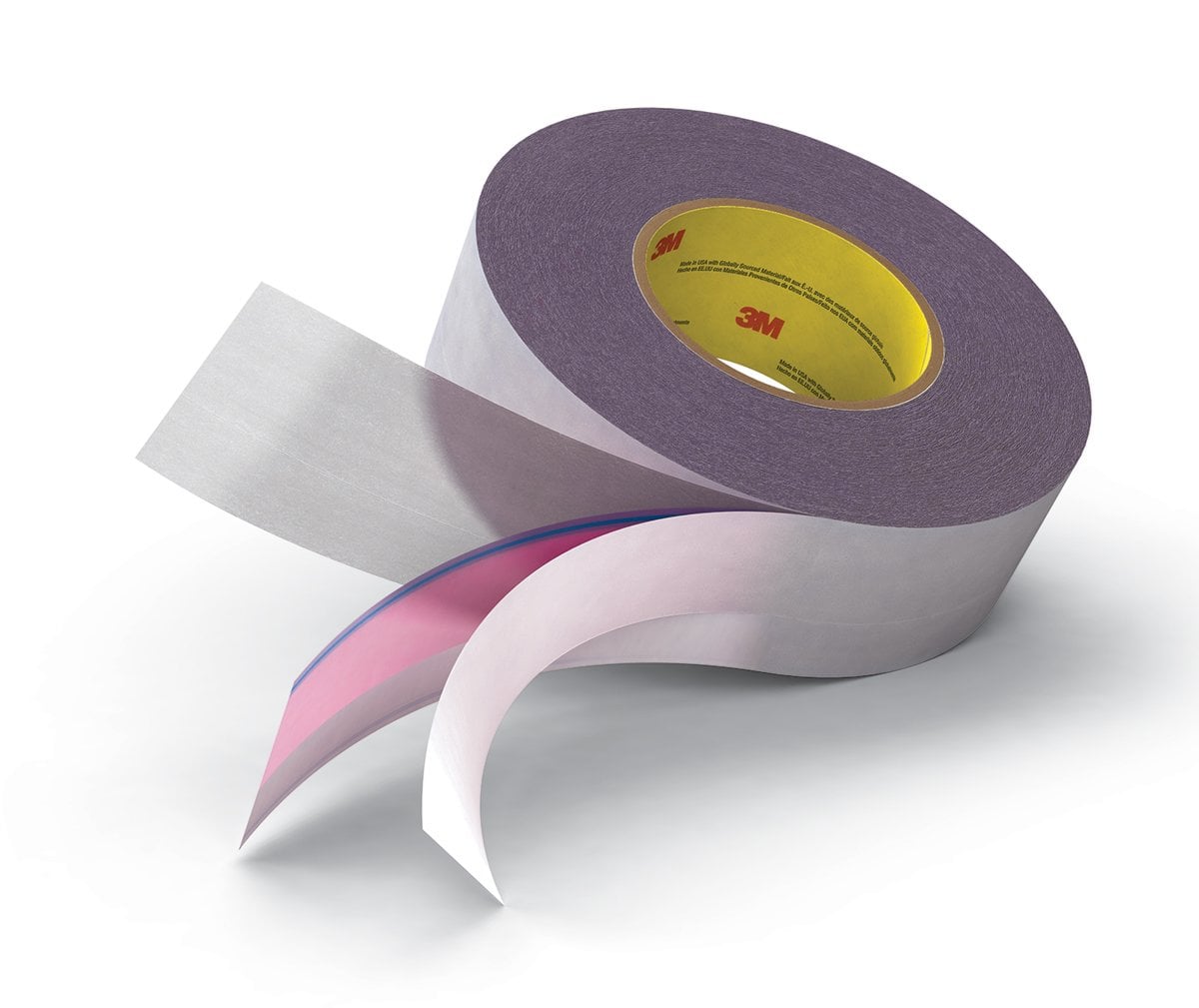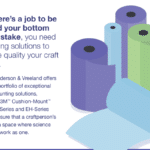How to Improve Your Flexo Press Efficiency
Splicing is often overlooked when it comes to factors affecting press efficiency, but it’s an important consideration when you add up the numbers. In flexo, slowing down the press is a common practice when making a splice, especially if working with difficult substrates to adhere to, like low surface energy films.
Slowing a press down from 1500’ per minute to 600’ per minute does not seem like a big deal to ensure a better splice. But what happens over the course of a year when you add up every time you slow down a press? How much profit are you giving up?
You can translate the cost of your operation. It may cost $50/hour every time you slow down the press to make a splice. With today’s fastest printers running through a roll as quickly as one per hour, percentage downtime and inefficiencies add up fast. Heaven forbid, if a press has to be stopped due to a missed splice or web break, it may cost up to $600/hour, and that doesn’t take into account material waste, labor, and cleanup.
3M is taking the guesswork out of splicing and helping customers streamline their process, allowing them to keep their presses running faster, which equates to higher margins. The 3M company has over 30-years of experience developing specialty tapes for paper mills and commercial printers, including products for making web-to-web high-speed splices. The paper manufacturers are very knowledgeable about the cost of equipment slowdowns and the benefits of improved splicing efficiencies.
According to Kevin Hooley, U.S. Web Processing Marketing Manager for 3M Industrial Adhesives and Tapes, “The paper folks are very focused on efficiency and how important it is to make a successful splice. They also know how critical it is to make successful splices time after time using the same methods and techniques. When a paper machine goes down, it has a negative impact on their overall success.”
3M offers a complete portfolio of splicing tapes to maximize press speed and efficiency. Like the 8387, 3M’s newest, premium splicing tape designed to make high-speed splices and adhere confidently to a variety of film substrates.
The new 8387 Splittable Flying Splice (SFS) tape was developed specifically for flexo applications where Low Surface Energy substrates are being printed. This unique tape marks the first time that 3M has merged its splittable tape technology with its flexographic industry experience resulting in a new advancement that provides printing managers confidence at any speed.
Current methods require slowing down the press or using double-coated tapes with tabs or glue, which can be messy, hazardous or require extensive setup. 3M SFS tapes ease the process for print managers allowing them to use one tape for even their most challenging substrates, without slowing down the process.
The new adhesive technology uses a film, providing a stronger and more reliable splitting mechanism on a variety of surfaces, including polyethylene, polyester, and aluminum foil. This reduces errors and keeps printers moving at maximum speed allowing print managers to achieve consistent print results. In addition, the layers of the tape are dark in color so that the splice can be easily seen, regardless of the print color.
“3M’s long history with the splicing and flexographic technologies has paved the way for this new technology,” said Tim Brannon, 3M business development specialist at Anderson & Vreeland. “Print managers no longer need to hassle with traditional or unsafe methods that cost time and money. The new 3M Splittable Flying Splice Tape 8387 is easy-to-use and it delivers consistent results while keeping the printing process moving.”
“A press is the number one investment of a flexo operation,” noted Kevin Hooley. “When it’s not running efficiently you’ve got problems. Of all the factors affecting press efficiency and downtime, let’s remove the splicing factor.”
Get in touch with us to learn more about how 3M splicing tapes can improve your flexo press efficiency.




